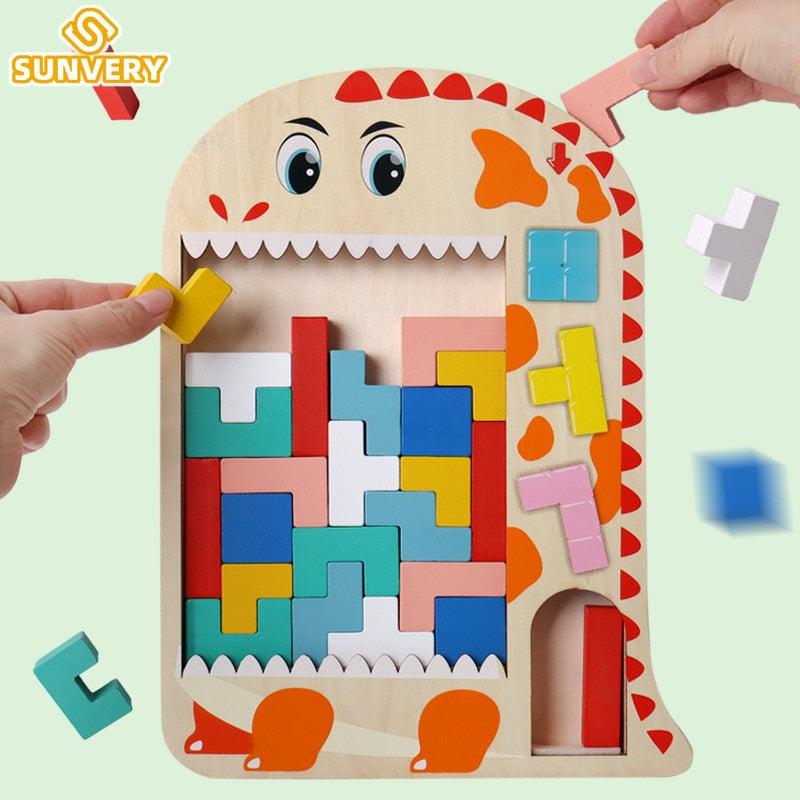1. Shapes
The blocks themselves have many shapes, triangles, squares, rectangles, etc. If the location of the edges and corners are sharp, it is easy to cause injury to children. When playing with blocks scattered all over the floor, babies are active and like to run around. In case you step on one of them and then fall, twisting your foot is a small thing, the corner of the blocks to poke the head, is the most terrible. This is not the river mother in the alarmist, this accident is a real occurrence. Professionals suggest that if you give young children to play with wooden blocks, it is best to take away the triangle.
In addition, the play also considers whether the corners of the blocks are polished and smooth. And can not buy too small blocks, small children will be very easy to accidentally eat.
2. Material
Now the "building blocks", are not entirely wood anymore. There are plastic and similar hard foam materials. We all know that children like to stuff everything into their mouths, so the material of the toy needs extra attention. Hard foam material blocks are very light but easy to be chewed down by the child.
Plastic blocks, but all the brands, now basically do not use recycled waste to manufacture, basically can be assured. Wooden blocks are the most popular choice for moms and dads because they are environmentally friendly.
3. Odor
However, environmental protection does not necessarily mean qualified Oh. We have to smell! Most wooden blocks are coated with a layer of paint on the outside, theoretically, the wooden toy paint must be in line with ROHS and other high standards of water-based paint. Under normal circumstances will not be easy to lose color, but to be honest some wooden toys online with the paint, mothers themselves have a number. A selection must be carefully identified.
Do not buy the big smell or pungent, the reason is clear to everyone. For the baby to choose something, the original wood without paint, that must be the safest.
4. Different ages of children should also play with different stages of the blocks so that it is more conducive to intellectual development Oh.
0-1 years old: brightly colored cloth blocks
Because there is no real sense of the concept of space, the kind of conventional blocks, for children before the age of one is not very meaningful, so it is best to choose fun blocks. Such as cloth blocks, which are soft, have bright colors, and patterns such as animals or fruits can allow children to perceive colors, recognize objects, develop a sense of touch, etc., and do not have to worry about hard blocks touching the child.
1-2 years old: lightweight blocks
Children over 1-year-old are forming their spatial awareness and are starting to get taller. Even if there are no blocks, they like to pile everything into one piece and then have fun watching it fall down. Children will enjoy playing more if there are patterns on the blocks such as puppies, kittens, or dolls. Since the child's body control and hand-eye coordination are not very good during this period, choose lightweight blocks to prevent them from collapsing and injuring the child. Block blocks should also not be too large for the child to grasp.
2-3 years old: standard size blocks
At the age of 2, children's spatial concepts, language, thinking, and imagination have developed, hand movements and hand-eye coordination have increased, and they can do slightly more complex things. At this time, you can choose standard blocks for him, such as two half circles exactly to form a square circle, two short blocks adding up to the length of a long block, etc. Such blocks can give your child more room for creativity and expression.


